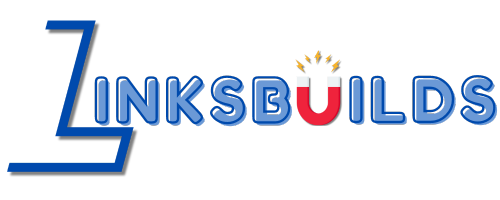When it comes to being a successful web designer, having the right skills and qualities is crucial. Attention to detail is key in creating visually appealing and user-friendly websites. Being creative allows you to think outside the box and come up with innovative design solutions.
Problem-solving skills are essential for overcoming challenges that may arise during the design process. Strong communication skills help in understanding client needs and collaborating effectively with team members. Staying updated on current design trends and technologies ensures your work remains relevant in the ever-evolving digital landscape.
Being organized helps you manage multiple projects efficiently, while time management ensures deadlines are met. Adaptability is important as technology advances rapidly, requiring continuous learning and skill development. A passion for design fuels your creativity and motivates you to deliver high-quality work consistently.
Education and Training Options for Aspiring Web Designers
When it comes to pursuing a career in web design, aspiring designers have various education and training options available. One common path is earning a degree in graphic design or web development from a university or college. These programs provide a solid foundation in design principles, coding languages, and user experience.
Another option for those looking to enter the field quickly is enrolling in specialized web design courses or bootcamps. These intensive programs focus on the practical skills needed to succeed as a web designer, such as HTML, CSS, and JavaScript.
For individuals who prefer self-paced learning, online courses and tutorials are abundant resources. Platforms like Udemy, Coursera, and Codecademy offer affordable options to learn essential web design skills from industry experts.
The best education and training path will depend on your learning style, budget constraints, and career goals as you navigate the dynamic world of web design.
Tools and Technologies Used in Web Design
When it comes to web design, having the right tools and technologies at your disposal is essential to creating stunning and functional websites. One of the most popular tools used by web designers is Adobe Creative Suite, which includes software like Photoshop for image editing and Illustrator for vector graphics. These programs allow designers to bring their creative visions to life with precision and style.
In addition to design software, proficiency in coding languages such as HTML, CSS, and JavaScript is crucial for web designers. These languages form the backbone of every website, dictating how content is displayed and interacted with by users. Understanding how these languages work together can help designers troubleshoot issues quickly and efficiently.
Furthermore, familiarity with Content Management Systems (CMS) like WordPress or Drupal can streamline the website development process. CMS platforms offer pre-designed templates and plugins that make building websites more efficient without compromising on quality.
Staying updated on emerging technologies like responsive design frameworks and UX/UI prototyping tools is also important for staying competitive in the field of web design. By mastering a diverse range of tools and technologies, web designers can create innovative solutions that meet the evolving needs of clients and users alike.
Building a Portfolio and Gaining Experience
As a web designer, building a strong portfolio is essential to showcase your skills and attract potential clients or employers. Start by creating a diverse range of projects that highlight your creativity and expertise. Whether it’s designing websites for fictional businesses or revamping existing sites, each project adds value to your portfolio.
Consider including both personal projects and client work to demonstrate versatility in design styles and problem-solving abilities. Don’t shy away from challenging yourself with new technologies or trends; this will help you stay relevant in the ever-evolving field of web design.
Gaining experience can also involve collaborating with other professionals, such as developers or marketers, on joint projects. Networking within the industry can lead to valuable opportunities to learn from others and expand your skill set.
Remember, quality over quantity is key when it comes to building a portfolio – choose your best work that showcases your strengths as a designer. Each project tells a story about your capabilities and vision, so make sure it reflects the kind of designer you aspire to be.
Finding Job Opportunities as a Web Designer
When it comes to finding job opportunities as a web designer, there are several avenues you can explore. One option is to search for openings on job boards and company websites specifically looking for web design talent. Networking with professionals in the industry at events or through online platforms like LinkedIn can also lead to potential job leads.
Another strategy is to showcase your skills by creating an impressive portfolio that highlights your best work. Having a strong online presence through a personal website or social media can attract potential employers who are searching for talented web designers.
Consider reaching out directly to companies you admire or freelance opportunities that align with your interests and expertise. Don’t underestimate the power of internships or freelance projects as they can serve as stepping stones to full-time positions in the future.
Stay proactive, keep honing your skills, and remain open to different types of opportunities that come your way in the ever-evolving field of web design.
Conclusion
As you embark on the journey to become a web designer, remember that continuous learning and growth are key. Stay updated with the latest trends and technologies in the field. Build a strong portfolio that showcases your skills and creativity. Network with other professionals in the industry to gain insights and opportunities.
Web design is a dynamic and rewarding career path for those who are passionate about creating visually appealing and user-friendly websites. With dedication, hard work, and a commitment to honing your skills, you can carve out a successful career as a web designer.
So go ahead, dive into the world of web design, unleash your creativity, and shape the digital experiences of tomorrow!

